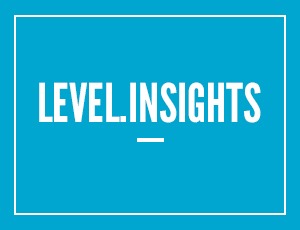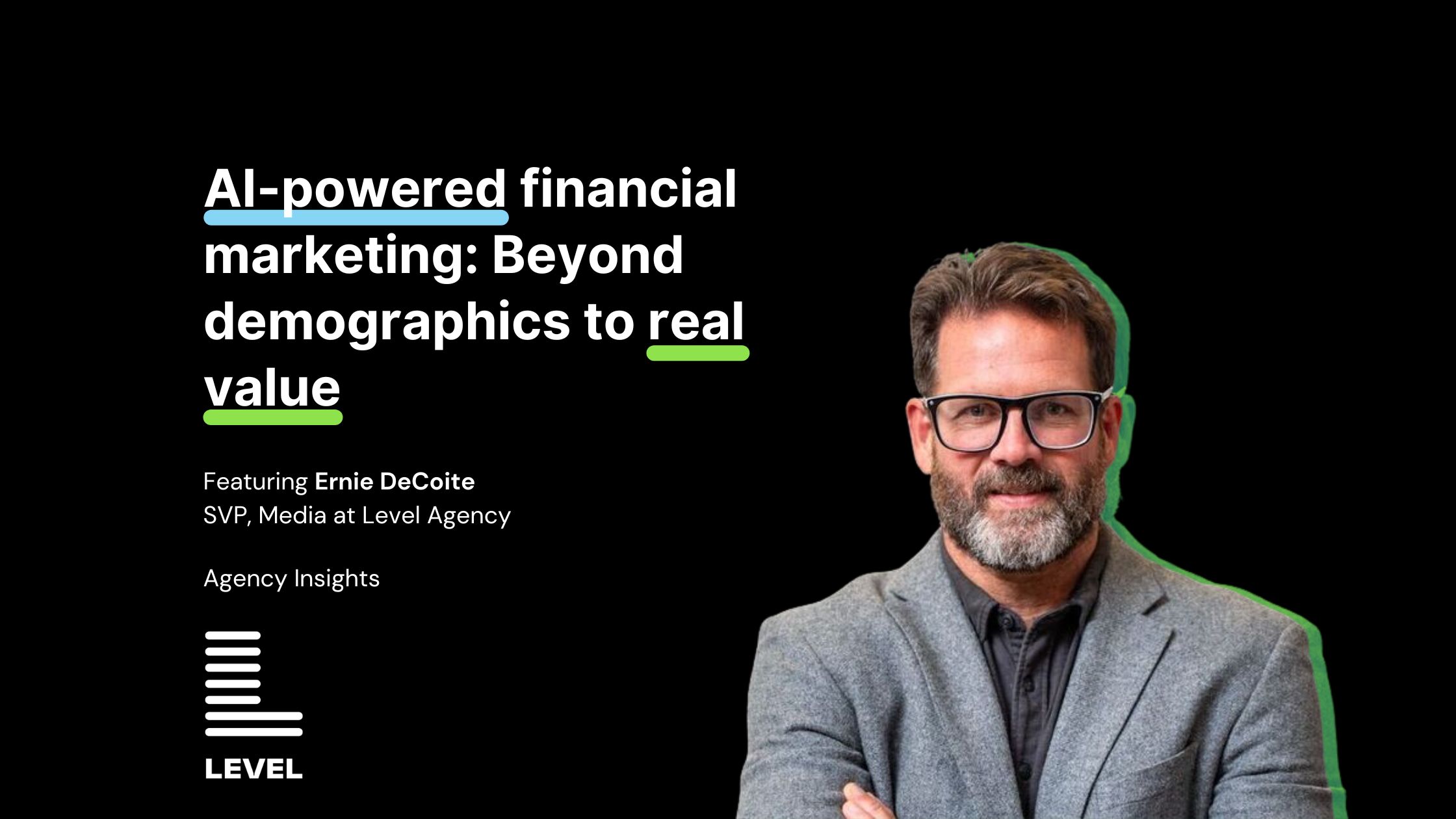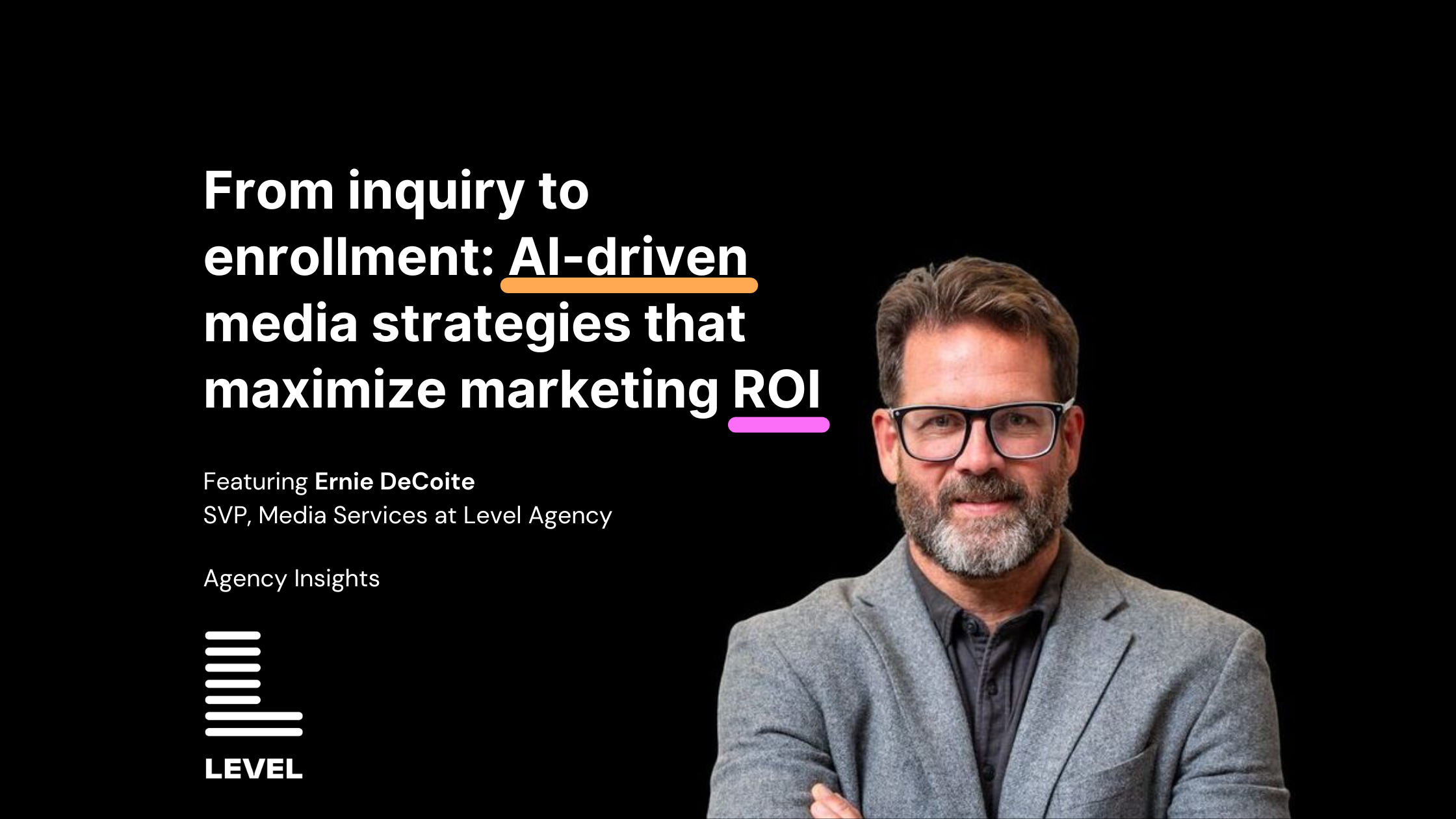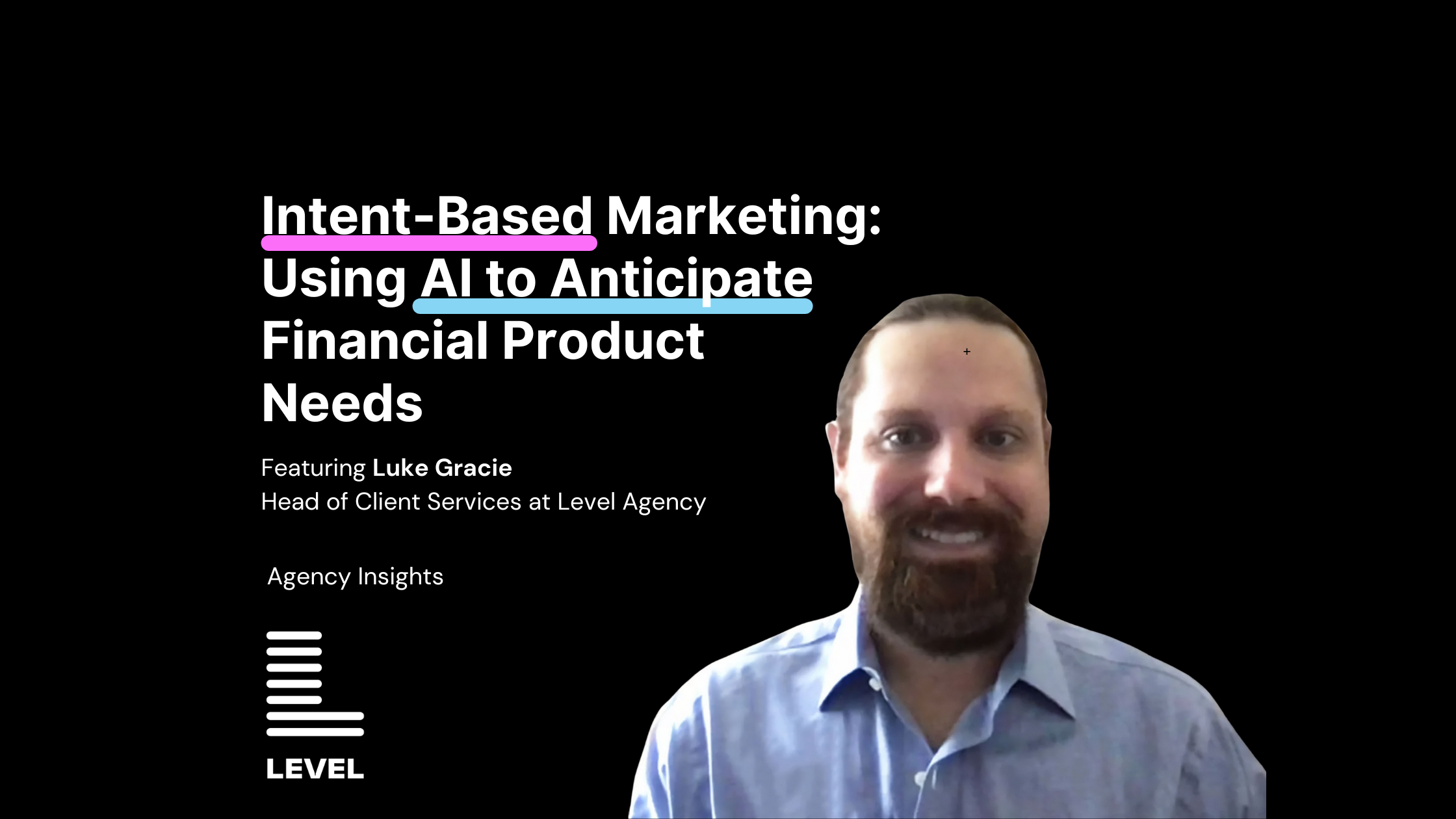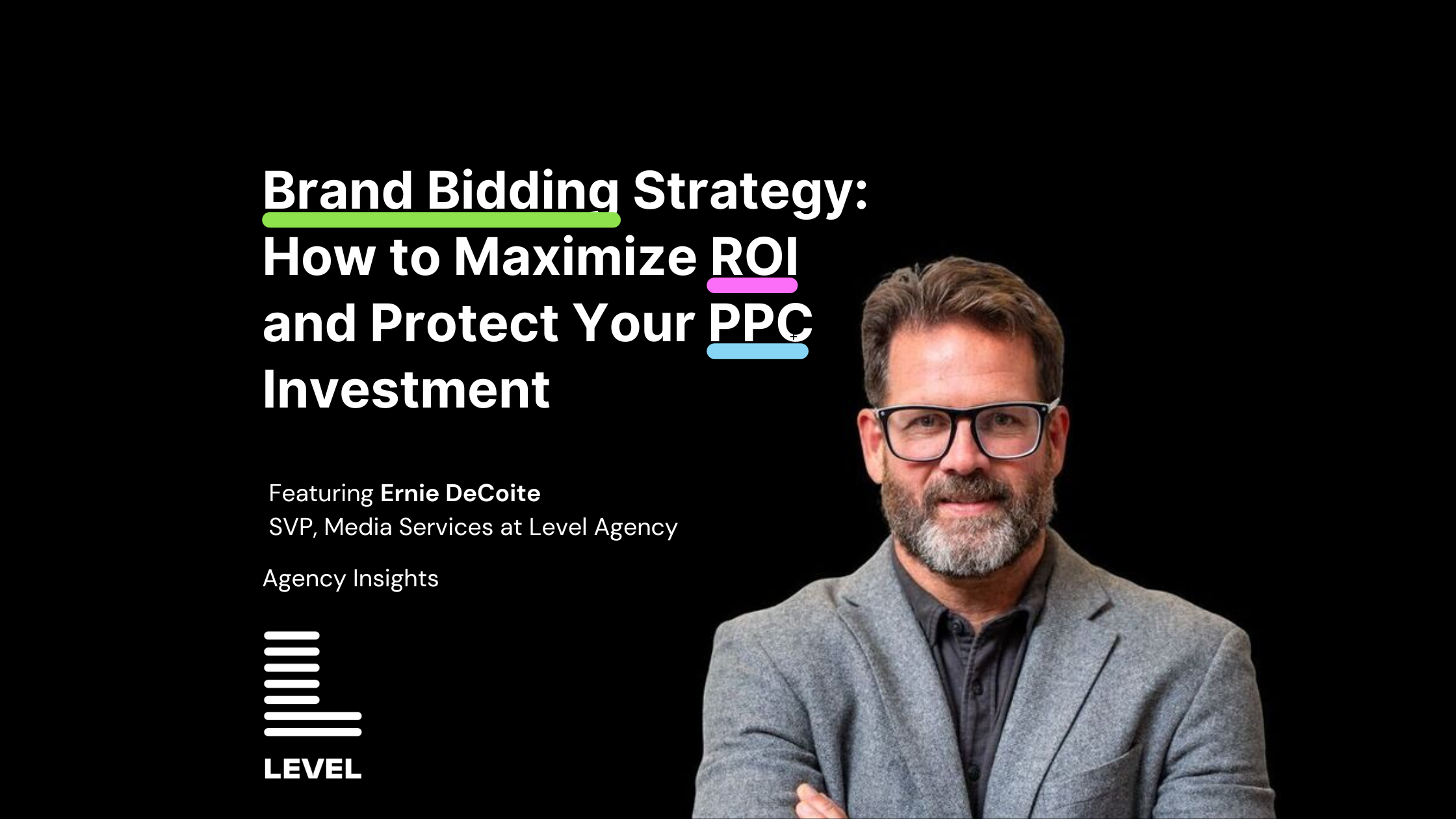We recently returned from two days of productive sessions at this year’s Google Marketing Live. After two weeks to synthesize the takeaways, we are excited to share our take on some of the changes in store for marketers.
Some of the platform functions in the hopper are extensions of what we’re doing already. Others, we have a head start on thanks to early access as a Google Preferred Partner. Some could cause seismic shifts in the way brands and agencies construct their marketing strategies.
Overall, Google’s mantra was simple: Ads should be helpful. And the best way to make them helpful is by leveraging Google’s impressive trove of consumer data and its quickly multiplying machine learning applications to reach targets more frequently and more effectively. Crucially, this must be done in a way consistent with the user’s privacy expectations.
This brings us to one of the central paradoxes of the conference: How does consumer-data-fueled machine learning designed to effectively expand and reach audiences live side-by-side with Google’s (heavily restated) commitment to consumer privacy?

Let’s work through this question by way of three top-level themes that we encountered throughout the sessions.
Consumer Privacy: Respect User Preferences
Google knows that they need to actively earn users’ trust in order to continue to be successful. And right now, according to Chetna Bindra, Senior Product Manager, User Trust and Privacy at Google, “users are feeling short-changed.” Google has seen a 1,000% increase in searches for “my activity,” and over 2.5 billion visits to My Account pages (the inference being that they’re going there to review their ad preferences). Google feels that voluntary standards and restrictions over data sharing and use are critical.
Among their recommendations:
• Provide clarity about data collection
• Use only first-party measurement and tracking
• Leverage context, not behavioral signs, to deliver relevant ads
Machine Learning
If advertisers use fewer of an individual’s behavioral footprints to guess at need or intent, how can they continue to deliver relevant, helpful ads?
Google’s solution is to use machine learning (ML) and automation to simplify and optimize the ways that advertisers buy on their platforms. That means the more widely-understood ad applications of ML like bid automation, keyword discovery, and the “Ad Strength” tool.
But it also means increasingly trusting Google’s black box algorithms, rather than 3rd party data sources or human elbow grease, to expand audiences or uncover new potential buyers for an advertiser’s products or services. Google is betting that their ability to analyze near-infinite lines of anonymized user data can replace the need for more questionable behavioral signals from outside of their walled garden.
Audience Expansion
Google also announced the creation of several new ad products and targeting strategies that allow advertisers to buy these black-box audiences:
• Discovery Ads – Google is piloting feed-based advertising, recasting the idea of “curated social media” as “feed-based,” i.e., “Show me something new.” Reaching over 800 million global users through YouTube and Google, the format displays a single image or swipeable image carousel.
• New Audience Expansion Tool – Simplifying audience targeting , these tools identify new audiences based on their correspondence to existing customer lists or other metrics – taking a very successful page out of the Facebook “lookalike” playbook.
• Connected TV and Audio Ad Inventory – Google’s Display & Video 360 (DV360) platform can now serve ads through connected TVs. This simplifies and streamlines the process of placing ads from a campaign in this growing arena.
Of course, these aren’t the major headlines you’ll read in The New York Times, or other coverage that (appropriately) keys on the monumental shifts to shopping and discovery feeds that are direct plays for market share currently owned by Amazon and Facebook. Those macroeconomic takes are worth reading.
But, for those of you that are more operationally minded, here are some of the OTHER new betas that Level Agency signed up for—reach out if you’re interested in exploring their fit for your business.
• Gallery ads – This new search ad format serves a gallery of 4–8 images. Early tests have shown 25% higher interaction rates.
• YouTube Bumper Machine – a new light editing tool in Google Ads that allows the easy creation of short videos. YouTube will also have the ability to create video ad sequences, which have tested with dramatically higher audience impact than :30 TrueView Ads.
• A Google Shopping overhaul in the Google search results page will create an experience that more directly challenges Amazon’s Marketplace.
• Goal-centered Smart Bidding updates – as discussed above, new ML-based tools for campaign optimization now allow bid optimization toward conversion goals.
As these and other new functions and capabilities become available in the Google Ads platform, Level Agency will be among the first to pilot them as Google Preferred Partners. Our data-driven philosophy holds especially true to beta-phase ad vehicles: test everything. Because we spend client ad dollars as though they were our own, expect Level to conservatively and rigorously put each one through the paces to see if, and where, it improves performance. We’ll be sharing more Insights based on our findings in the months to come.
